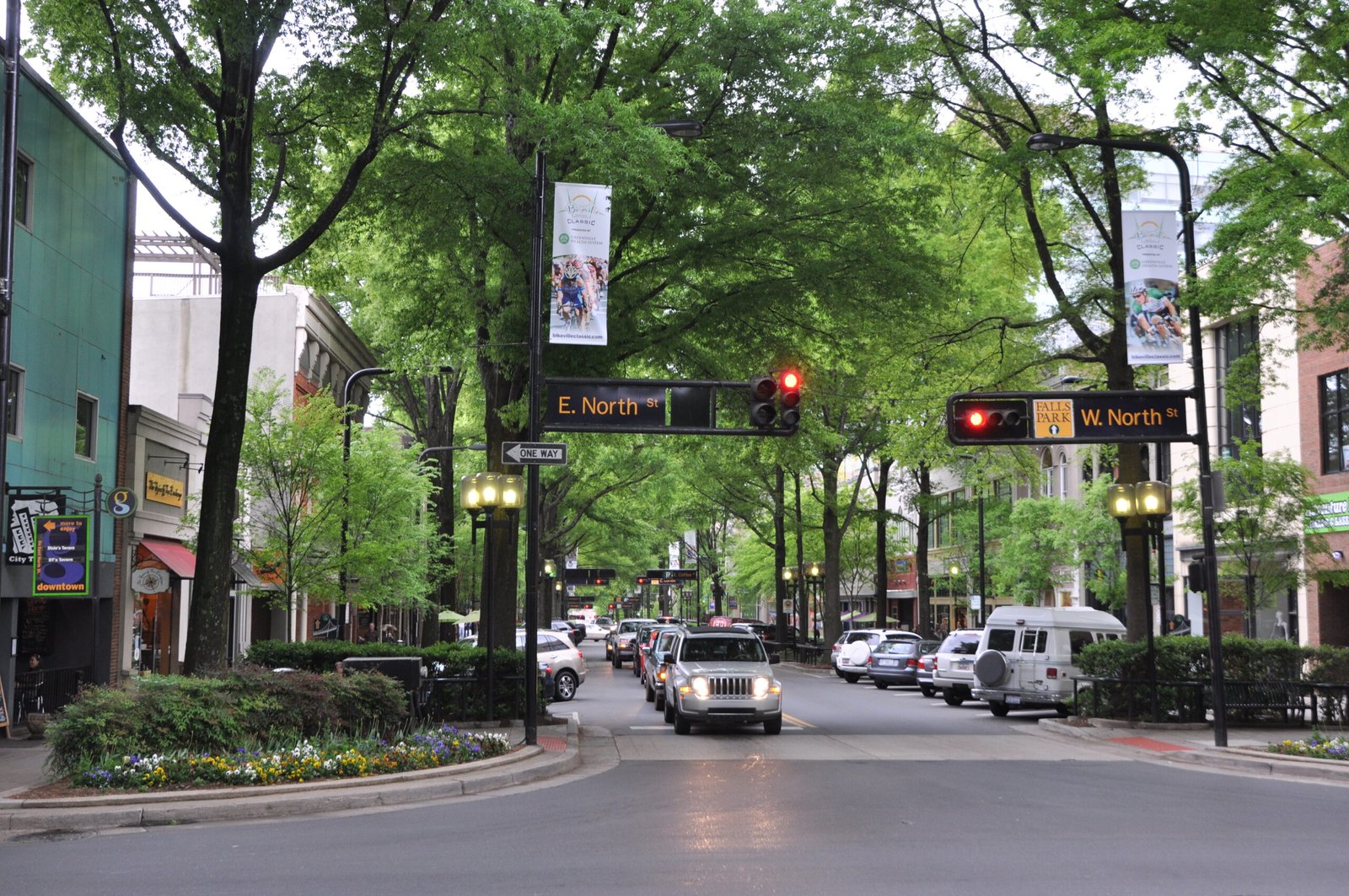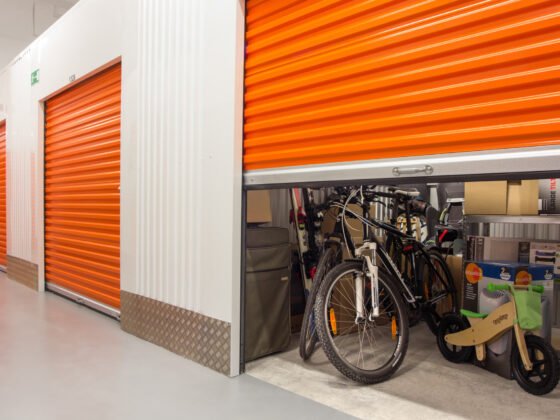Table of Contents Show
As the world embraces a more eco-conscious lifestyle, the concept of “green living” has become a major trend in various industries.
The real estate market, in particular, has seen a surge in demand for sustainable homes that promote energy efficiency, reduce carbon footprints, and foster a healthier environment.
South Carolina’s charming city of Greenville has emerged as a shining example of a region where sustainable living and real estate have merged seamlessly.

In this blog post, we delve into the sustainable homes and trends shaping the real estate market in Greenville, South Carolina, while exploring the benefits and considerations for potential homebuyers and investors alike.
The Rise of Green Living in Greenville
South Carolina’s real estate market has experienced a significant transformation over the years, with green living becoming a key driver of demand and innovation.
The quaint city of Greenville, known for its natural beauty and vibrant community, has been at the forefront of this eco-conscious movement.
Sustainable Home Features
Modern sustainable homes in Greenville boast a plethora of innovative features designed to minimize their environmental impact while maximizing comfort and convenience for residents. Some prominent features include:
Energy-Efficient Appliances and Systems: Green homes often come equipped with energy-efficient appliances, solar panels, and smart home technologies that optimize energy consumption.
Passive Design and Solar Orientation: Builders in Greenville are adopting passive design principles, strategically orienting homes to harness natural sunlight, reduce the need for artificial lighting, and enhance overall energy efficiency.
Rainwater Harvesting: Sustainable homes may include rainwater harvesting systems, reducing reliance on municipal water supplies, and promoting responsible water management.
Green Roofs and Walls: Living green roofs and walls not only add to the aesthetic appeal of the property but also act as natural insulators, regulating indoor temperatures and reducing heating and cooling costs.
Recycled and Renewable Materials: Eco-friendly construction materials, such as recycled wood, reclaimed bricks, and bamboo, are being increasingly utilized to reduce the environmental impact of new construction.
Benefits of Sustainable Living in Greenville
The popularity of sustainable homes in Greenville is not without reason. Embracing green living offers numerous benefits to homeowners and the environment:
1. Lower Utility Bills:
Energy-efficient homes in Greenville significantly reduce utility expenses, saving homeowners money in the long run and providing a sound return on investment.
2. Reduced Carbon Footprint:
By utilizing renewable energy sources and eco-friendly building materials, sustainable homes help reduce carbon emissions and promote a greener, healthier community.
3. Enhanced Indoor Air Quality:
Green homes often have better ventilation and air filtration systems, leading to improved indoor air quality and healthier living conditions.
4. Long-Term Investment:
As sustainability continues to gain momentum, owning a green home in Greenville can prove to be a wise long-term investment, attracting environmentally-conscious buyers in the future.
5. Government Incentives:
Homeowners who invest in sustainable features may be eligible for tax credits and incentives, further enhancing the financial benefits of green living.
The Role of Real Estate Agents in Promoting Green Living
Real estate agents play a crucial role in promoting sustainable living and driving the demand for green homes in Greenville.
By educating buyers about the benefits of eco-friendly features and highlighting energy-efficient properties, agents empower clients to make informed decisions that align with their environmental values.
Challenges and Considerations
While the shift towards green living is undoubtedly positive, it is essential to acknowledge the challenges and considerations associated with sustainable homes in Greenville:
1. Affordability:
Some buyers may find sustainable homes to be initially costlier than conventional homes. However, it’s important to consider the long-term savings on utility bills and potential tax incentives.
2. Limited Inventory:
As the demand for green homes rises, the supply may not always keep pace. Buyers may need to be patient and work closely with real estate agents to find the right sustainable property that meets their needs.
3. Retrofitting vs. New Construction:
Not all buyers may be able to afford newly constructed sustainable homes. Retrofitting existing properties with eco-friendly features could be an alternative solution.
4. Building Standards and Certifications:
Homebuyers should be aware of different green building standards and certifications (e.g., LEED, ENERGY STAR) to ensure the homes meet specific sustainability criteria.
The Future of Green Living in Greenville
As the awareness of environmental issues continues to grow, the future of green living in Greenville appears promising.
With advancements in technology, an increasing number of builders and developers are expected to embrace sustainable practices, making eco-friendly homes more accessible to a broader range of homebuyers.
Conclusion
Greenville, South Carolina, has emerged as a trailblazer in the green living movement, with its real estate market showcasing a vibrant array of sustainable homes and forward-thinking trends.
The city’s commitment to eco-consciousness, combined with the benefits of green living, makes it an attractive destination for homebuyers seeking a harmonious blend of modern comfort and environmental responsibility.
As the demand for sustainable homes continues to rise, real estate agents and buyers alike must collaborate to foster a greener and more sustainable future for Greenville and beyond.
By making environmentally-responsible choices today, we lay the foundation for a healthier, more resilient tomorrow.










